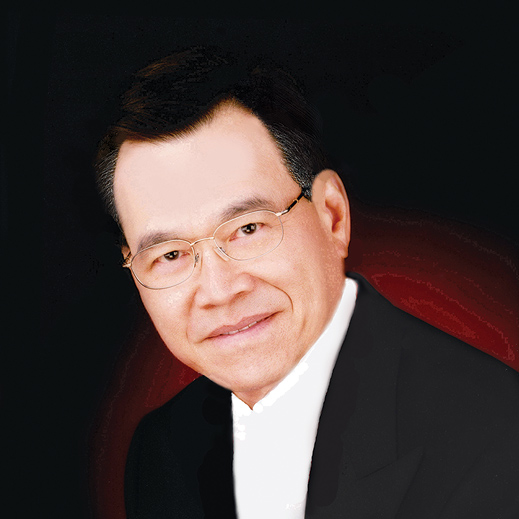David K. Lam, SM ’70, ScD ’73
Shortly after David Lam arrived at MIT as a graduate student in nuclear engineering, funding for his focus, nuclear fusion research, began to dry up. Fortunately, plasma, the fourth state of matter, provided an intellectual bridge between nuclear and chemical engineering. Plasma chemistry was then an obscure but promising niche in a department headed by Raymond Baddour, SM ’49, ScD ’51, the MIT professor who became Lam’s lifelong mentor and friend. To Lam, the professor’s book on the application of plasmas to chemical processing was “like a love novel.” Baddour, who later cofounded Amgen, helped Lam catch up on courses he hadn’t taken while studying engineering physics as an undergraduate at the University of Toronto. Upon graduation, he nudged him to leap directly into industry.

“I was a reluctant chemical engineer and an accidental semiconductor guy, because I had never studied anything to do with semiconductor fabrication,” says Lam. Yet in jobs at Texas Instruments and Hewlett-Packard Labs, he parlayed his graduate work into refining plasma-etching processes for the manufacture of integrated circuits. Living in California in 1980, he launched his own company, Lam Research, to make fully automated plasma-etching equipment that could be used reliably by chip makers in the United States and Japan. Lam Research is now a multibillion-dollar supplier of wafer fabrication equipment and services. In 1984 Lam, who was born in China, became the first Asian-American to take a company public on NASDAQ.
Nearly 30 years later, Lam’s interests and influence have expanded. In 2002, he founded the David Lam Group, which includes Lam Research and nearly a dozen other high-tech ventures that he nurtures through investment and guidance, often as a board member or chair. He has also supported many Silicon Valley professional organizations and served as president of a group now known as the Asia America MultiTechnology Association.
“My ‘mentor capitalist’ role has evolved into more mentor and less capitalist,” says Lam. He currently serves as chair of Multibeam, a developer of electron-beam lithography systems for microchip production.
Lam’s role as technologist, entrepreneur, and mentor has been recognized widely; two U.S. presidents have called on his services, one for a minority business development commission and the other for a trade mission to China. He has authored more than 20 technical papers, and this year he was inducted into the Silicon Valley Engineering Hall of Fame.
Lam and his wife, Lynn Barringer, live in Saratoga, California; they have four children and four grandchildren. He likes to read, listen to music, and watch 49ers football, and he is working on a book about entrepreneurial management.
Keep Reading
Most Popular
Large language models can do jaw-dropping things. But nobody knows exactly why.
And that's a problem. Figuring it out is one of the biggest scientific puzzles of our time and a crucial step towards controlling more powerful future models.
The problem with plug-in hybrids? Their drivers.
Plug-in hybrids are often sold as a transition to EVs, but new data from Europe shows we’re still underestimating the emissions they produce.
Google DeepMind’s new generative model makes Super Mario–like games from scratch
Genie learns how to control games by watching hours and hours of video. It could help train next-gen robots too.
How scientists traced a mysterious covid case back to six toilets
When wastewater surveillance turns into a hunt for a single infected individual, the ethics get tricky.
Stay connected
Get the latest updates from
MIT Technology Review
Discover special offers, top stories, upcoming events, and more.